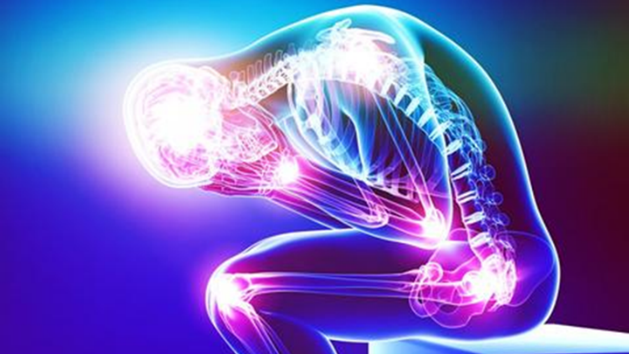Chronic Pain Awareness
Posted on August 25th, 2022 by Andries Lodder
By Daniel Sauer
The medical definition of chronic pain is any pain lasting longer than 12 consecutive weeks. Unlike acute pain, which comes on suddenly for a clear reason and heals quickly, chronic pain is a long-term condition, often persisting for months. Chronic pain, also known as chronic pain syndrome, can become a “tolerable pain”, whereby the person experiencing the pain can ignore it or live with it long-term.
For people suffering from chronic pain syndrome, identifying the underlying cause can be a frustrating process as the reasons for chronic, non-specific pain isn’t always obvious. But uncovering the underlying cause contributing to your pain can help you implement necessary solutions for managing chronic pain.
Chronic pain conditions can seriously affect daily activities and quality of life. Such as:
- Carry groceries.
- Climb stairs.
- Stand up straight.
- Maintain energy by the end of the day.
- Continue activities or continue without rest breaks.
- Uphold schedules.
- Sustain sociability.
Some types of chronic pain conditions include:
When an individual suffers from chronic pain, the natural response is doing anything to reduce it. For many, that instinct is to rest and relax. This response can initiate a vicious cycle of self-limiting activity. Too much rest can be detrimental and result in atrophy (or wasting) of the muscles, leading to further health problems, including poor posture, less joint stability, and other structural problems.
The benefits of exercise on Chronic Pain outweigh any cons you may think. Examples are:
- Builds muscle strength and helps prevent muscular atrophy.
- Reduces fatigue.
- Increase one’s Range of Motion and Flexibility.
- Improves sleep.
- Reduces pain sensitivity.
- Reduces inflammation.
- Reduces depression and anxiety and improves mood.
Tweet
